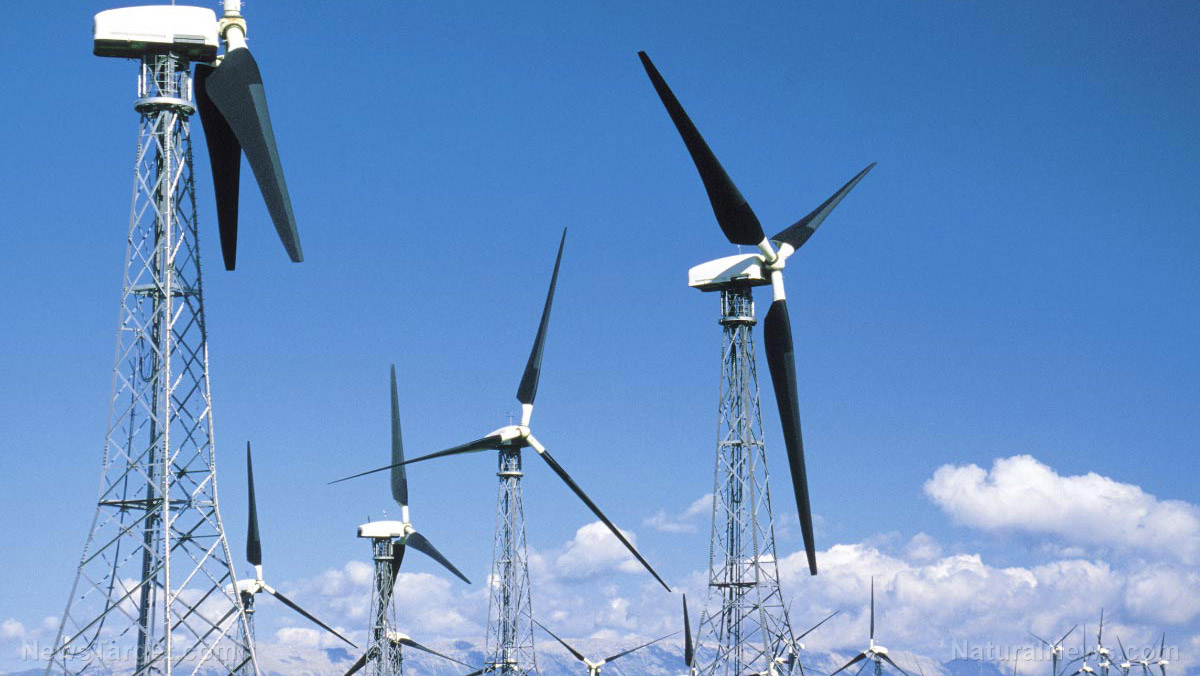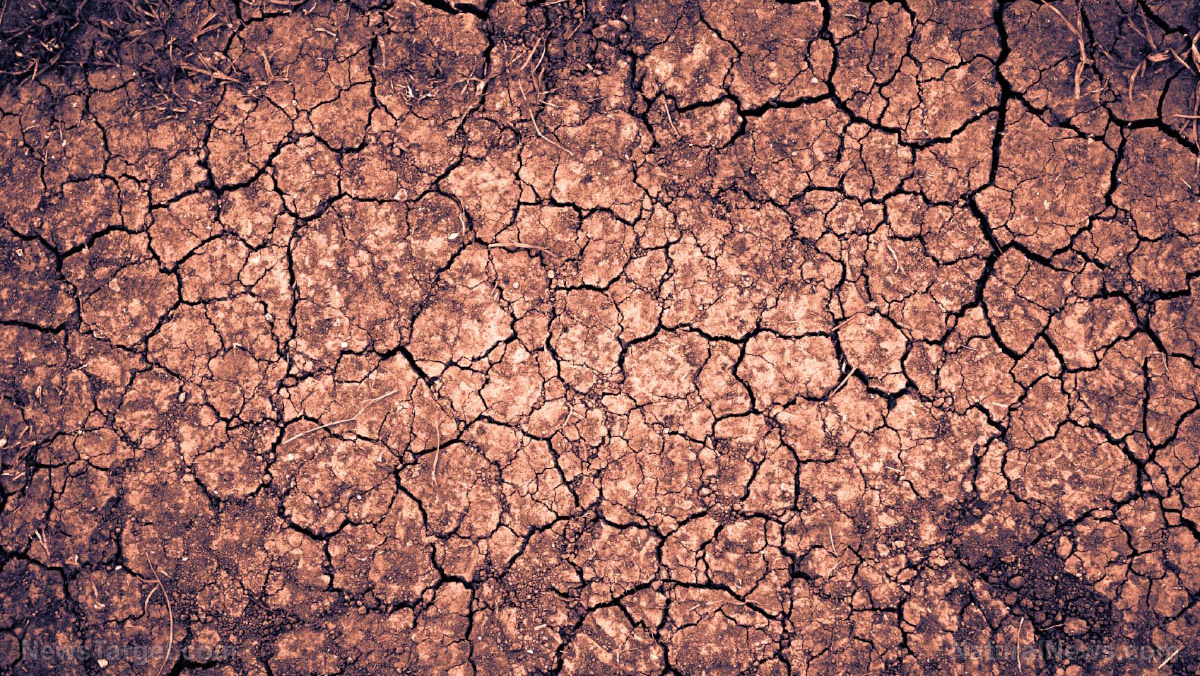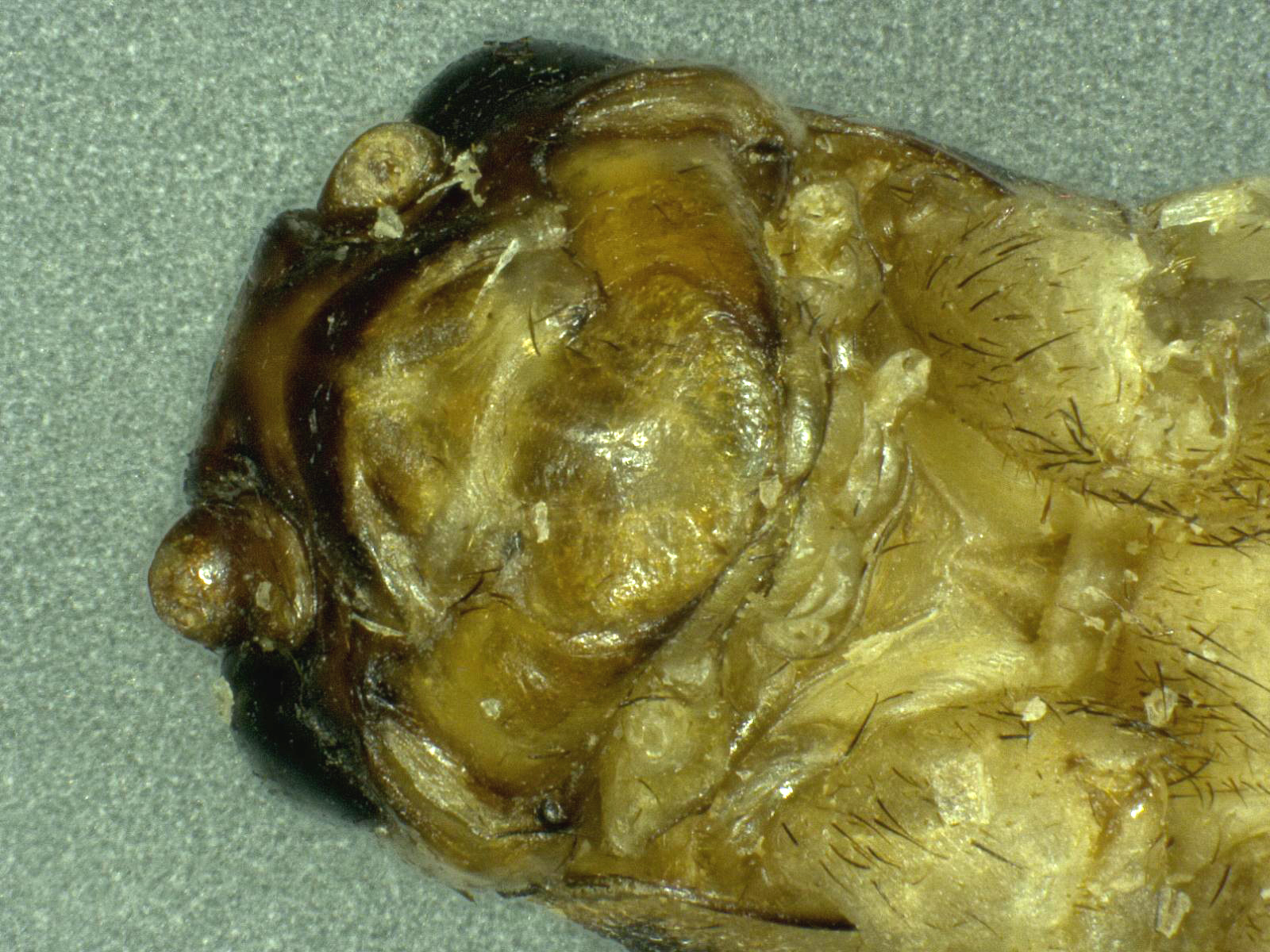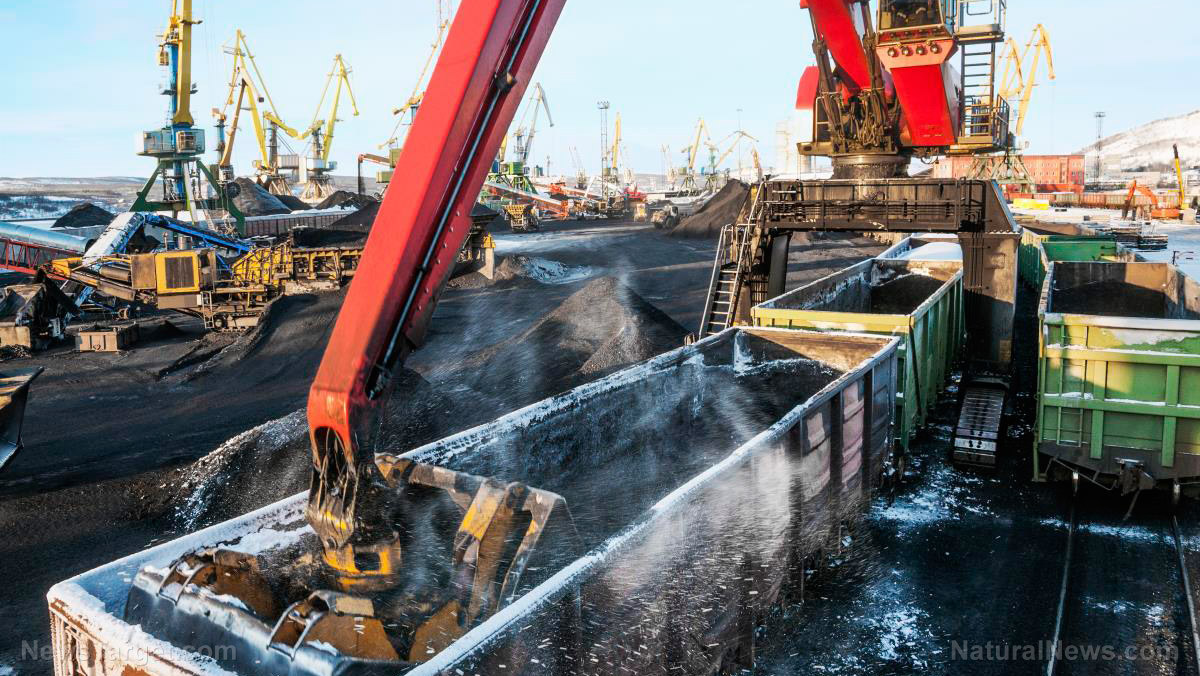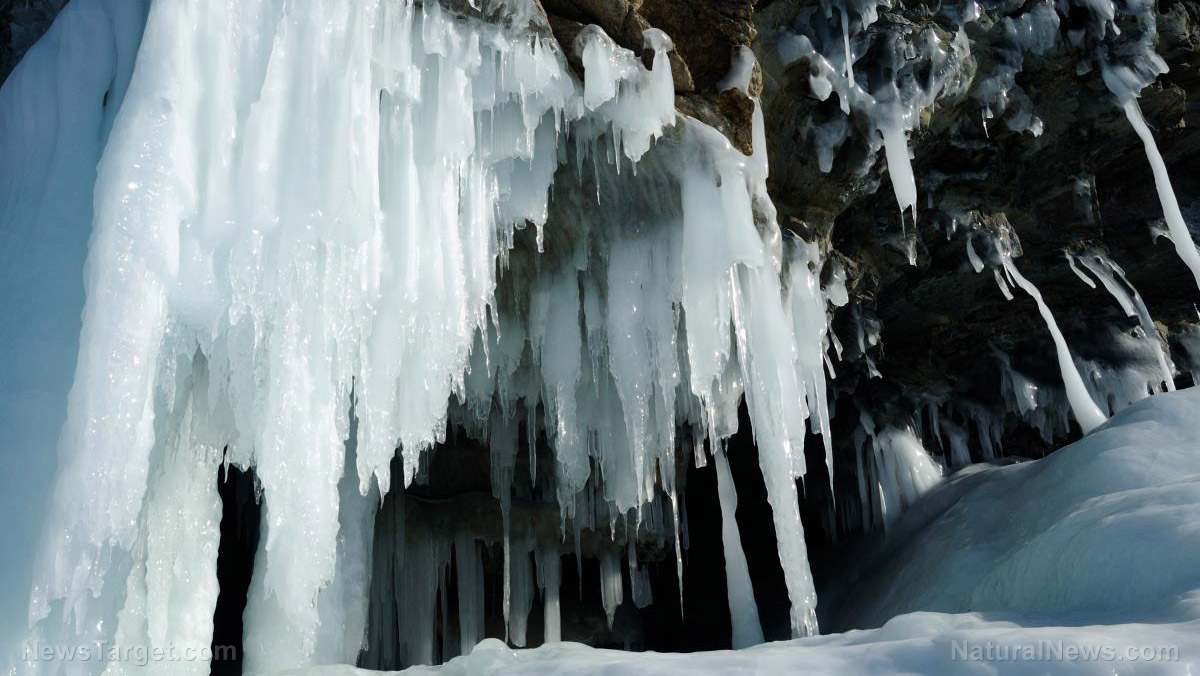Ruins of ancient Roman camp resurface in Spain as Europe drought dries up river
09/02/2022 / By Kevin Hughes

Amid Europe’s heatwave, a massive complex of Roman ruins reemerged after water levels fell at a reservoir in Spain.
Footage posted Aug. 26 by local Spanish newspaper Faro de Vigo showed the ancient Roman camp Aquis Querquennis at the bank of Galicia’s Lima River. Aerial photographs revealed a spreading collection of cleanly organized stone structures principally built of gray-brown cobblestones. The remains of a wall ran around the minor structures as water washed at its edge. The once-grand entrance to the camp, now lying just beyond the river, suffered partial damage.
Onda Cero, another local outlet, said that the locals dubbed the structure “A Cida.” The ruins were located almost 300 miles of the Spanish capital Madrid, near the country’s border with Portugal.
In its heyday, Aquis Querquennis had numerous barracks, two granaries, a hospital and a temple. The complex that can house up to 600 Roman solders boasted of thermal baths, utilizing the region’s natural hot springs. The soldiers would even give offerings of spiritual importance in the hot baths.
Spanish researchers wrote in a 2018 study that ancient Romans started building Aquis Querquennis about 75 A.D. and abandoned it about a century later. The remains of the abandoned camp were submerged upon the creation of the As Conchas reservoir in 1949. It reappeared as water levels in the reservoir dropped to 49 percent capacity.
The Roman ruins were not the only treasures unearthed due to the drought drying up bodies of water. Megalithic monuments and shipwrecks from World War II also emerged from shrinking rivers and lakes.

In Italy, the Zibello barge that sank underneath the Po River reemerged as the body of water dried up. The barge, which transported wood across the river, sank in 1943 – only to reappear almost seven decades later.
The Hunger Stones in Central Europe’s Elbe River also resurfaced due to the drought. The stones, which contain engravings that date back to the 15th century, also served as drought warnings. One of the stones contained the message “if you can see me, then weep” – a warning of low water levels and hard times.
Current drought in Europe among the worst in 500 years
According to scientists at the European Drought Observatory (EDO), the ongoing drought in the continent is expected to be one of the worst in 500 years.
The EDO stated that at least 47 percent of Europe has already been in drought warning conditions, the second of three drought categories. Another 17 percent of Europe is under alert conditions, the most severe category, and drought hazard continues to increase in a handful of nations, including Spain. (Related: Europe struggles amid WORST DROUGHT in 500 years.)
AccuWeather Senior Meteorologist John Gresiak, meanwhile, said rainfall from May through Aug. 28 was only seven percent of average in Madrid for the same time period, the temperature was 8.4 degrees Fahrenheit above average.
Spain, Portugal, France and the U.K. all saw temperatures measure over 40 C (104 F), and the Iberian Peninsula saw numerous days with maximum temperatures above 35 C (95 F) as a long-lasting heat wave baked the region.
As reported by the Spanish National Meteorological Service (AEMET), July this year was the hottest month ever recorded in Spain and it was one of the three warmest Julys on record worldwide.
With such record high temperatures, more and more treasures submerged beneath bodies of water will definitely resurface as rivers and lakes dry up.
Follow Climate.news for more news about the drought happening in Europe.
Watch the video below to know how the ongoing drought revealed ancient henges and ruins in Europe.
This video is from the ADAPT 2030 | Solar Minimum channel on Brighteon.com.
More related stories:
Drought in France forces authorities to place new restrictions on water usage.
5 Texas counties designated natural disaster areas as drought continues to ravage the state.
Sources include:
Submit a correction >>
Tagged Under:
Aquis Querquennis, artifacts, As Conchas reservoir, Climate, disaster, discoveries, Drought, environment, Europe, extreme weather, heat wave, Lima River, rainfall, real history, Roman ruins, Spain, weather
This article may contain statements that reflect the opinion of the author

